Myth Busting: What Your Clients Need to Know About Dairy
This blog was a sponsored guest post that I wrote for Dairy MAX. You can find the blog on their website here.
Many consumers may believe that going dairy free can benefit their health. That’s not true. Dairy foods are an essential piece of a healthy eating pattern. There’s sound science to support their inclusion in the 2020-25 Dietary Guidelines for Americans (DGA). As health professionals, we strive to empower people to make small effective change. In our work, sometimes we need to myth bust. I’m here to help. Today I’ll dive into four popular milk myths, bust the myth and share the science:
Myth 1: Dairy is Unhealthy
Milk contains 13 essential nutrients including three of the four nutrients of concern we see in our population including vitamin D, calcium, and potassium. The 8 grams of protein in a serving of milk is a highly bioavailable, complete protein that our body can use to build and maintain muscle. The calcium content found in a serving of milk contains ~30% of our daily calcium needs and is the primary contributor of calcium in the American diet. Except for calcium fortified soy milk, the nutrition found in dairy is one that simply cannot be matched by plant-based beverages. Regular intake of dairy products have been shown to reduce risk for high blood pressure, type 2 diabetes, and cardiovascular disease . It also promotes bone health and a healthy body weight. Not to mention a glass of milk costs 23 cents on average making it an affordable nutrient powerhouse. With its well-rounded nutrient content, the DGA recommends 3 servings of dairy a day to optimize health and wellness!
Myth 2: Milk Contains Antibiotics
This is one of the most common milk myths out there and is one that has been debunked many times. In 2015, the U.S. Food and Drug Administration’s (FDA) Center for Veterinary Medicine performed a test on over 1,900 samples of milk from farms across the nation. The results? Over 99% of samples on the farm were antibiotic free. Less than 1% of samples testing positive. Now you may worry about that 1%, but those samples that were done on the farm prior to the milk going anywhere. It was also discarded. In fact, the system features multiple checkpoints from the farm to the processor to the store ensuring that absolutely nothing is missed. And the work continues, farmers, co-ops, processors, and retail partners conduct more than 3 million tests every year to check for any antibiotic residue and ensure the safety of milk.
Myth 3: Dairy is Inflammatory
Another very common myth and one that continues to be dispelled by research. For those with a dairy allergy, dairy is inflammatory (as this is the nature of a food allergy) and should be eliminated entirely from the diet. However, for those without a dairy allergy, there is plenty of research that shows that dairy either has neutral or an anti-inflammatory effect on the body! When we talk about food and inflammation, we are talking about chronic low-grade inflammation. Chronic inflammation has been linked with some of diseases like type 2 diabetes, CVD, and obesity. When included in a healthy diet, recent studies like this one and this one have shown that milk and milk products either have no impact on inflammatory markers or a potentially anti-inflammatory effect. Originally these findings were limited to yogurt, but more evidence is emerging showing consistent positive results for all milk products of varying fat levels.
Myth 4: Milk Contains Harmful Hormones
This milk myth is one that seems to stem from initial fear of the use of the synthetic hormone, recombinant bovine somatotropin (rBST). The bovine somatotropin (BST) hormone is a naturally occurring protein hormone found in cows and is not recognized by the human body. rBST is the FDA approved synthetic growth hormone used in dairy cows to promote more milk production. Absolutely no difference was found between milk from cows given rBST and milk from cows not given rBST and the FDA has concluded that milk from cows treated with rBST is safe for humans to consume. Though it is up to the farmer, many U.S. dairy farmers no longer use rBST in their operation and rely on selective breeding and technological advancements to increase milk production. Another reality is that animal products do contain small amounts of naturally occurring hormones. In fact, all foods whether they have come from plants or animals contain naturally occurring hormones as hormones are essential to life. Majority of hormones are proteins, and our body digests proteins so the hormones found in our food are digested and rendered biologically inactive having no effect on our body.
With so many consumers interested in where their food comes from but far removed from the farm itself, it can be next to impossible to decipher between fact and fiction when it comes to dairy products.Learn more about the benefits of keeping dairy in your and your client’s diets
It’s Me, Lauren!
I’m a Registered Dietitian who breaks through nutrition misinformation and answers your questions with evidence-based information to give you back your food confidence.


